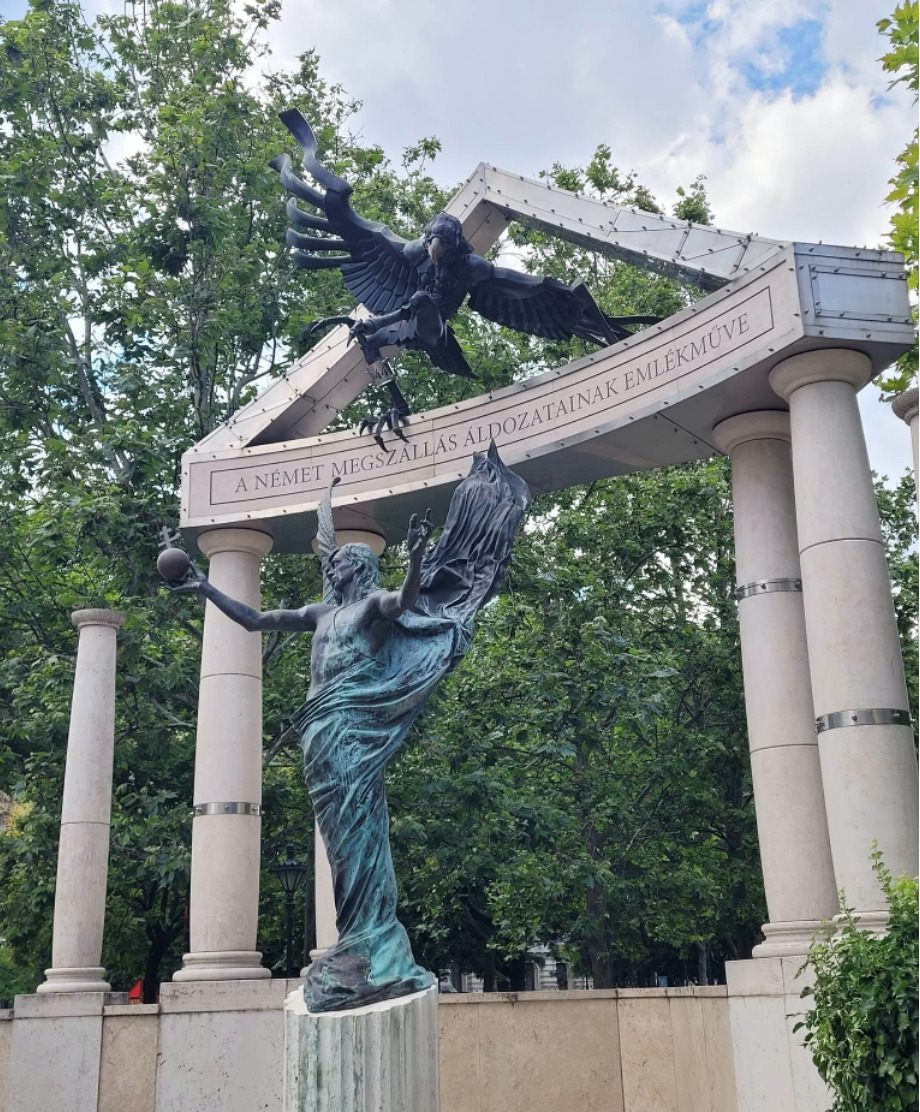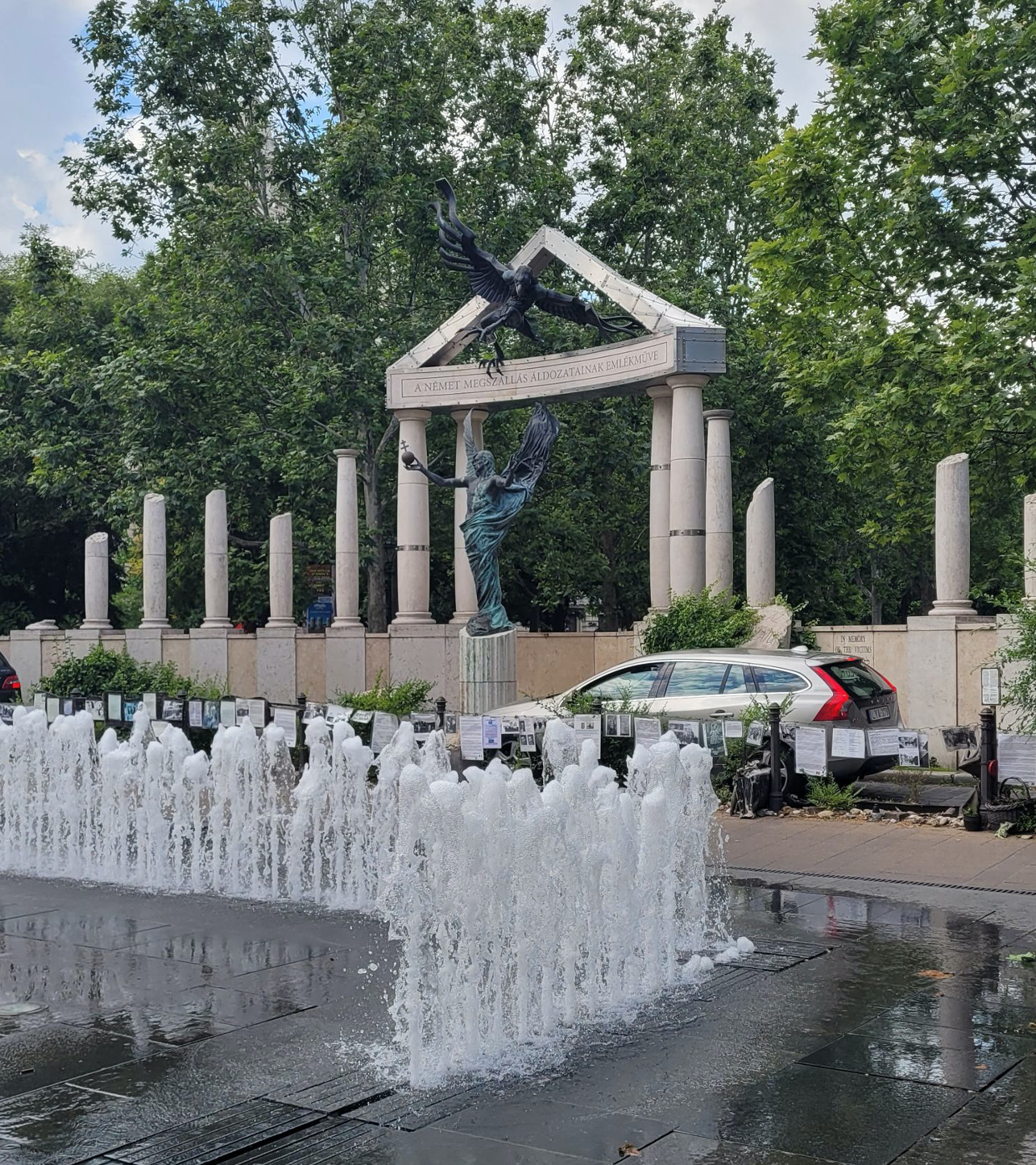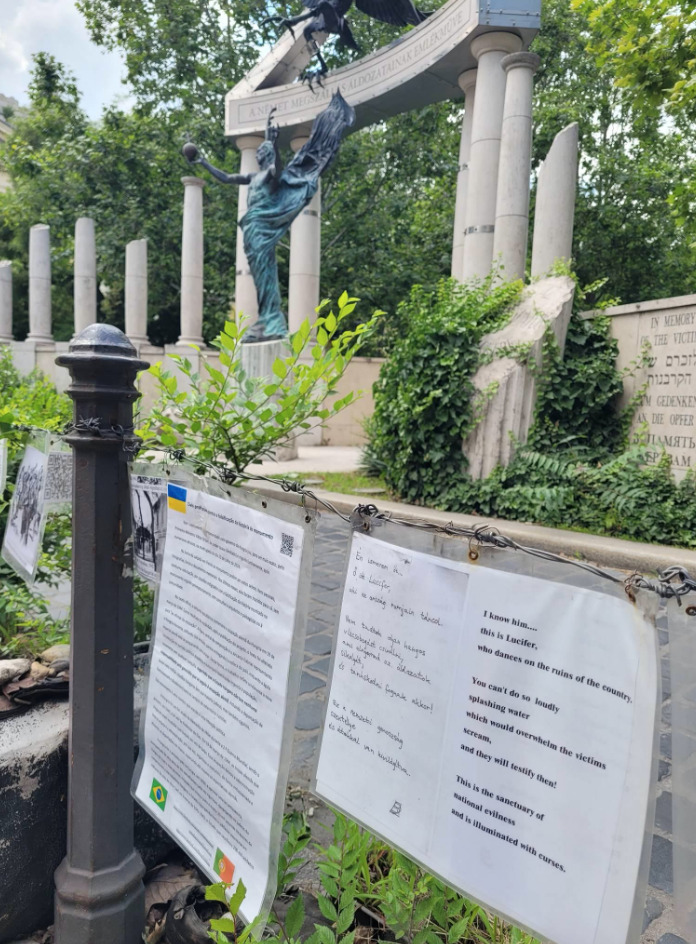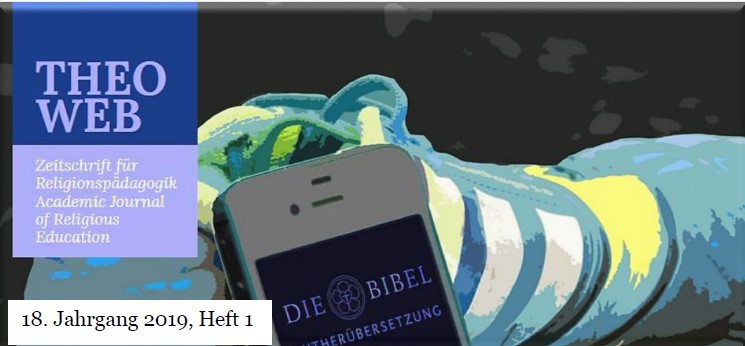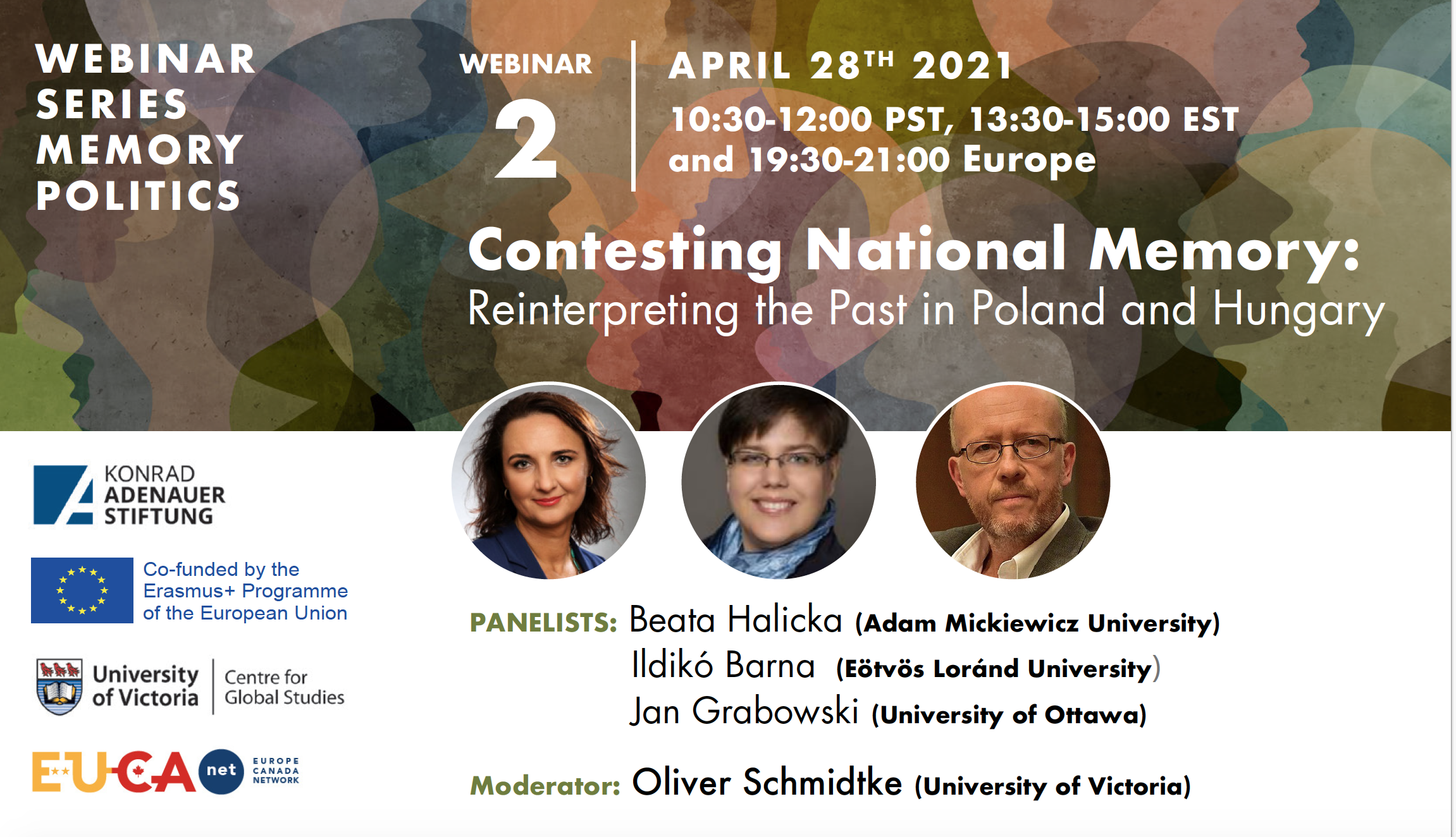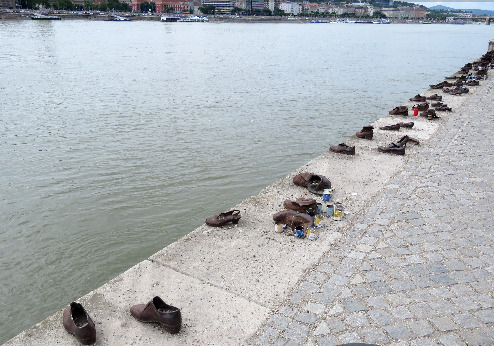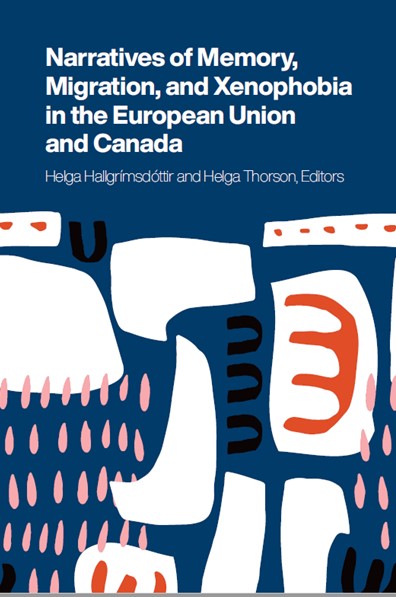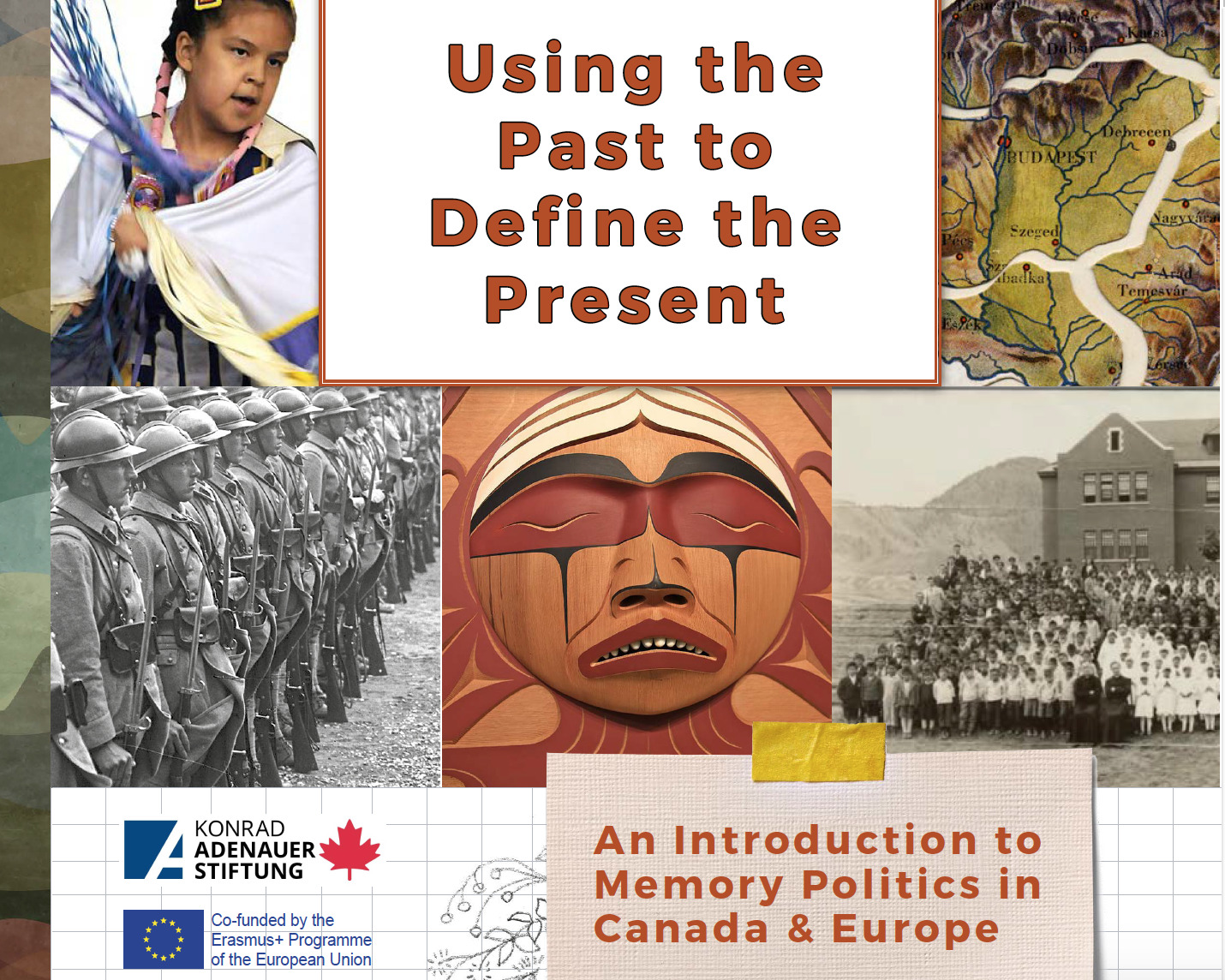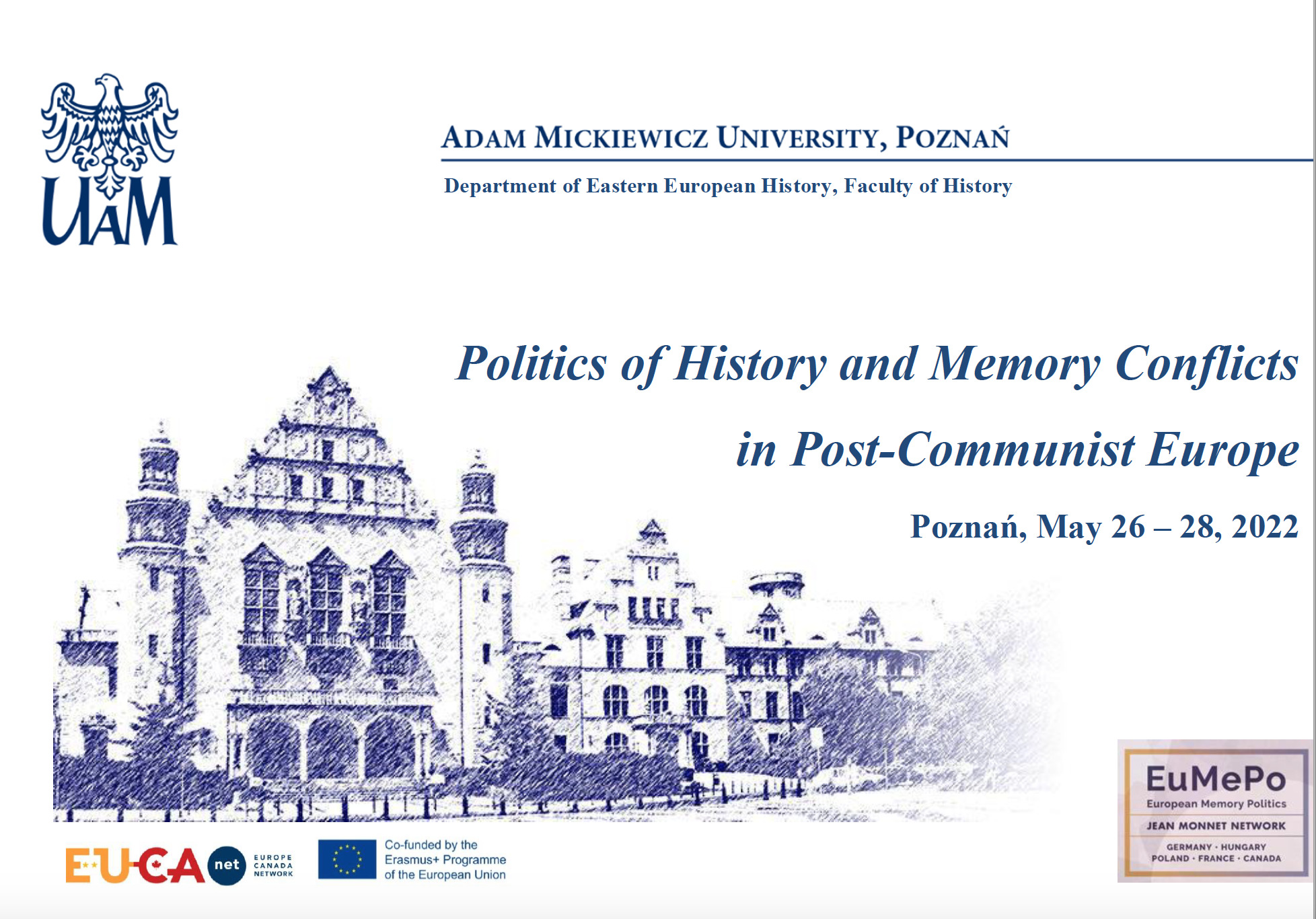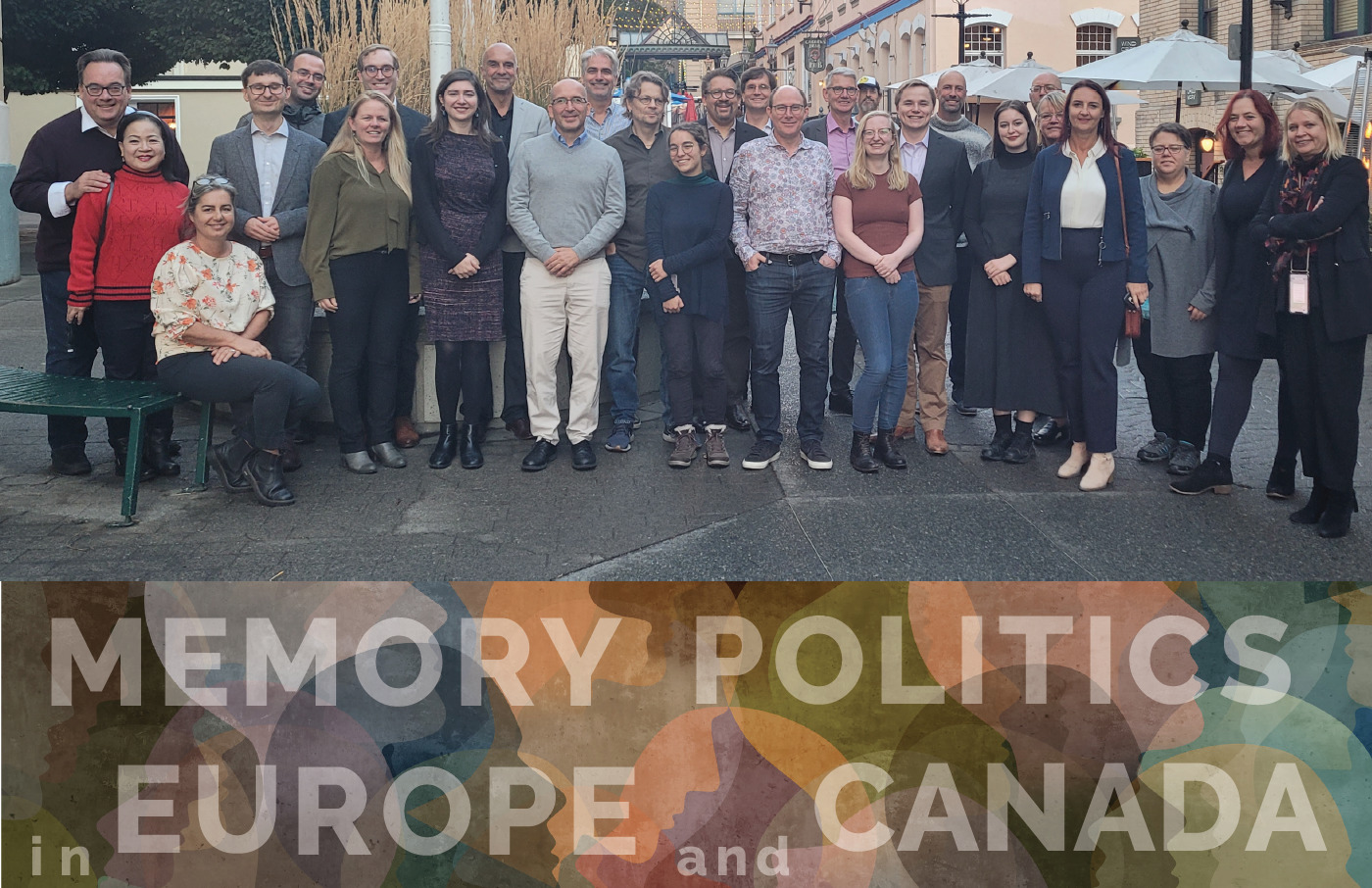Selective Memory: Német Megszállás Áldozatainak and Misrepresentations of the Past in Modern Hungary
While there are many examples of contested memory in Hungary, particularly in relation to World War II and the legacy of Communism, this blog post will highlight the significance of Német Megszállás Áldozatainak—the Memorial for the Victims of the German Occupation—located in Liberty Square within the city of Budapest.
Since its establishment, the Német has remained a controversial example of Hungary’s complicated memorialization of World War II (WWII) and the Holocaust. This complicated history is demonstrated by the counter monument which has been put up in front of the statue, and carefully maintained by a small and dedicated group of volunteers.
In the official monument, Hungary is depicted as the archangel Gabriel, about to be attacked by a vicious eagle—clearly meant to symbolize the eagle on Germany’s coat of arms. Below, an inscription reads “In memory of the victims”, alongside the year 1944. This memorial, which is meant to represent the narrative of Hungary being occupied by Germany during WWII, notably makes no mention of Hungarian Jews or other Holocaust victims.
Hungary has a very dark past when it comes to the Holocaust. In 1944, shortly after the Arrow Cross Party took power, the Hungarian government was responsible for one of the fastest transportations of Jewish people during WWII. Over 430,000 Jewish people were transported to Auschwitz in about 3-4 weeks, with the majority of them being sent straight to the gas chambers.
However, in modern discourse surrounding WWII Hungary, the loss of Jewish life is often overshadowed by the suffering of the Hungarian nation under Communism and other regimes. While other nations have drawn attention to the victims of the Holocaust, Hungarian memory politics instead often makes a pointed effort to deflect from Jewish suffering in particular, and instead focus on the idea of a national Hungarian suffering.
This brings us back to the current day, and the contested memory of Hungarian involvement in WWII which is exemplified by the Német Megszállás Áldozatainak. This monument, meant to further the official narrative of the Hungarian government, instead it has become a notable hotbed for political discourse as a result of its counter monument.
Before we move on to a discussion of the counter monument, it is important to note that the Német’s central positioning in Budapest’s Liberty Square situates it amongst other monuments meant to tell a story about Hungary’s national narrative. Therefore, we can discern that this monument was meant to play a crucial role in guiding people’s understanding of Hungary’s role in WWII.
The counter monument began as a small memorial set by those who had family members affected by the Holocaust. These people brought personal items to display in front of the larger monument, to draw attention to the victims of the Holocaust. Crucially, this counter monument is not funded or endorsed by the Hungarian government. Instead, it is thanks to the work of the volunteers that it remains a space where people can reflect about the victims.
The Német itself seems almost deliberately confusing. It is positioned behind a very loud fountain, which was so visually and auditorily distracting that when we were discussing the site on our walking tour, we had to step away from the monument itself in order to engage in discussion or hear about its history.
Furthermore, the counter monument is very low to the ground, meaning that when the water from the fountain is spouting up, it covers the counter monument almost entirely and only shows the larger one in the back. This made us question when the fountain was built, since it seems to be in the just right position to make the Jewish memorial site less visible and its noise makes it hard to reflect on such a serious moment in history.
In addition to the practical effect of the fountain—in which it acts as a cover for the counter monument, intentionally or not—it also serves as a distraction from the serious tone of the monument. During our visit, we noticed that people were often seen playing in the fountain and taking selfies with the Német, instead of absorbing the significance of the site.
Interestingly, despite this monument being erected as a means to further Hungarian memory politics, it has now become mostly known for its counter monument. When reading reviews for the Német Megszállás Áldozatainak, we noticed that the majority of travellers make note of the counter monument, and some even commented on the manipulation of memory in Hungary’s national narrative. Overall, the Német is a fascinating case-study of Hungary’s selective portrayals of its past.
Kalea Palmer just finished her BA with a major in Sociology and a minor in History. In the Fall, Kalea will be attending UVic’s Teacher Education Program to become a high school Social Studies teacher.
Emma Newton is a 3rd year History undergraduate student at the University of Victoria, who is passionate about public history, and primarily focuses on the study of late medieval and early modern precedents for current societal event.
This blog contribution was written during the Study Tour in European Memory Politics (June 2nd-22nd, 2023). It refers to day
